For the second year in succession, Taranaki holds the title as the sunniest spot in Aotearoa New Zealand. This distinction is not just an accolade but a testament to the region’s distinct climatic patterns, especially in a year that is being recognized as the country’s historically warmest since the early 1900s. Last year, Taranaki, with its pristine landscapes and vibrant communities, had marginally outshone the Bay of Plenty, accumulating a staggering 2592 hours of sunlight, becoming a beacon for both residents and tourists alike.
Statistical Highlights from NIWA’s Report
NIWA’s comprehensive 2022 climate analysis has unveiled some striking figures. Taranaki basked in sunlight for 2659 hours, surpassing its previous record by a commendable 78 hours. The wider Nelson area followed with a close 2581 hours, and the Bay of Plenty trailed with 2526 hours. January 2022 was particularly radiant for New Plymouth, setting a new national benchmark with a whopping 358.6 hours of sunlight, indicating the region’s evolving weather patterns and its potential implications.
Commentary from Local Leaders
Neil Holdom, New Plymouth’s mayor, exuded confidence regarding this solar accolade’s return. His pride in Taranaki’s diverse climate was evident as he eloquently mentioned, “Here in Taranaki, our weather palette is diverse. We experience a mélange of rainfall, gusty winds, and an abundance of sunlight.” On a personal note, sunny days for Holdom mean indulging in nature. Whether it’s mountain biking beside serene lakes, picnicking in lush parks, or initiating a family swim session in Inglewood’s pristine pools, sunlight invariably infuses joy.
MP Glen Bennett, representing New Plymouth, adds a light-hearted note, jesting about Taranaki’s sunny reputation during formal parliamentary sessions, infusing warmth and camaraderie amidst political dialogues.
Effects on the Business Landscape
For businesses, particularly those in the hospitality sector, Taranaki’s sunny disposition is more than a mere weather update; it’s an economic driver. Victor Higgins, at the helm of Bach on Breakwater, observes that Taranaki’s sunny skies invariably bring in a surge of patrons. Positioned near the picturesque Ngāmotu beach and the bustling Coastal Walkway, the sunnier the day, the busier the eatery. Families, tourists, and locals flock to such spots, sipping on iced beverages and relishing gourmet dishes, making sunlight a tangible business asset.
Broader Climate Implications
While the sunny accolades shed light on the region’s present weather patterns, the overarching narrative of global climate change casts a shadow on this achievement. 2022 was warm but paradoxically also wet, a conundrum attributed to the La Nina phenomenon that heavily influenced New Zealand’s climate. Mayor Holdom’s assertion, “We’re witnessing transformative climatic shifts,” resonates deeply. Climate anomalies are not just statistical variances but are harbingers of broader environmental shifts that require urgent attention and action.
Current Weather Updates
Weather, in its essence, is dynamic. While NIWA’s report shone a spotlight on Taranaki’s sunny triumph, the weather had its own plans. Ex-Cyclone Hale’s remnants brought rain showers and gusty winds, a reminder of nature’s unpredictability. Yet, Taranaki remains resilient. The forecast promises a return of the radiant sun by the weekend, offering moderate temperatures and ample opportunities for outdoor activities, affirming Taranaki’s sunny reputation.
Local Activities under the Sun
Taranaki, with its sun-kissed landscapes, offers a plethora of outdoor activities. From trekking on the Egmont National Park trails, and surfing at the renowned Surf Highway 45, to picnicking in Pukekura Park, sunlight amplifies every experience. For culture enthusiasts, sunny days are perfect for exploring local museums, and art galleries, and attending outdoor concerts, making Taranaki a vibrant hub of activities.
Environmental Ramifications of Increased Sunlight
An uptick in sunshine hours may seem beneficial for recreational activities and businesses. However, there are underlying environmental concerns. Extended sunlight can lead to increased evaporation rates, affecting local reservoirs and agriculture. Moreover, heightened UV radiation levels might impact marine ecosystems, emphasizing the need for holistic environmental assessments.
Key Takeaways: Taranaki in Numbers
- 2659 Hours: Sunlight hours Taranaki enjoyed in 2022;
- 2nd Consecutive Year: Holding the title of NZ’s sunniest region;
- 358.6 Hours: Record-breaking sunlight in January 2022 for New Plymouth.
Comparison Table: Sunlit Regions of New Zealand
| Region | Sunlight Hours (2022) | Rank |
|---|---|---|
| Taranaki | 2659 | 1 |
| Nelson | 2581 | 2 |
| Bay of Plenty | 2526 | 3 |
Taranaki’s Ecological Significance: More Than Just Sunshine
Taranaki, while celebrated for its sunny disposition, is also a region of immense ecological significance. Nestled in the North Island of New Zealand, the region is a biodiversity hotspot, boasting a rich tapestry of native flora and fauna.
The iconic Mount Taranaki, or Egmont, acts as a sentinel over the region. This dormant stratovolcano, with its lush, green cloak of indigenous forest, provides habitats for numerous species, some of which are found nowhere else on the planet. From the melodious calls of the Tui bird to the delicate dance of the rare Powelliphanta snail, the ecosystems surrounding the mountain are teeming with life.
Alongside this, the coastal areas of Taranaki, kissed by the gentle waves of the Tasman Sea, support a plethora of marine life. The region’s rugged coastline, with its intricate mosaic of rocky shores, sandy beaches, and tidal pools, provides refuge for many marine organisms. Fishers in the region often speak of the abundant kaimoana (seafood) that these waters offer, from crayfish to paua.
In light of such rich biodiversity, it becomes imperative for both locals and visitors to tread lightly, ensuring that their activities do not disturb these fragile ecosystems. The sun might be Taranaki’s most famous feature, but its ecological wonders are equally deserving of attention and preservation.
Cultural Heritage and Taranaki: A Tale of Sun and Shadows
The sunlit shores and landscapes of Taranaki tell tales not only of natural beauty but of a rich cultural tapestry woven through time. The indigenous Māori have inhabited these lands for centuries, with many iwi (tribes) like Ngāti Tūwharetoa and Ngāti Ruanui tracing their ancestral roots here.
Taranaki is a land of legends. Oral histories speak of powerful gods, heroic ancestors, and the eternal dance between the land, sea, and sky. One such legend tells of Taranaki, once located in the center of New Zealand’s North Island, moving to its current location after a battle with another mountain. As it moved, rivers were carved, creating pathways that are revered till today.
Additionally, the region has witnessed significant historical events that have shaped the socio-cultural fabric of New Zealand. The Taranaki land wars, a series of conflicts between Māori and colonial forces in the 19th century, left indelible marks on the region’s history. Today, monuments and sites stand as silent witnesses to those tumultuous times.
The interplay of sunlight and shadow in Taranaki’s history is symbolic. It reminds us that while the region is bathed in sunshine now, it has witnessed cloudy days in the past. Understanding this balance is essential to truly appreciate Taranaki in all its complexity and beauty.
Conclusion
As the curtains draw on our exploration of Taranaki’s sunshine saga, it becomes abundantly clear that its title as Aotearoa New Zealand’s sunniest region is more than just a meteorological statistic. This accolade brings with it economic benefits, community pride, and an increased propensity for outdoor activities. However, beneath the radiant glow lies a poignant reminder of our rapidly shifting climate and the imperative need for sustainable practices. While we celebrate Taranaki’s luminous moments, it is essential to be cognizant of the broader environmental narrative and act responsibly. The sun, in all its brilliance, beckons us not just to bask in its glory but to become stewards of a brighter, sustainable future.


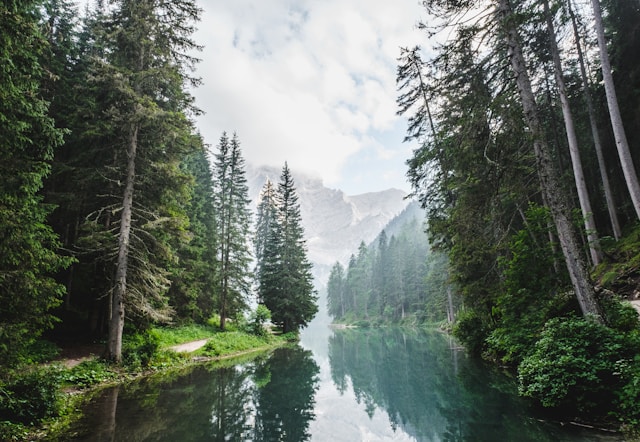
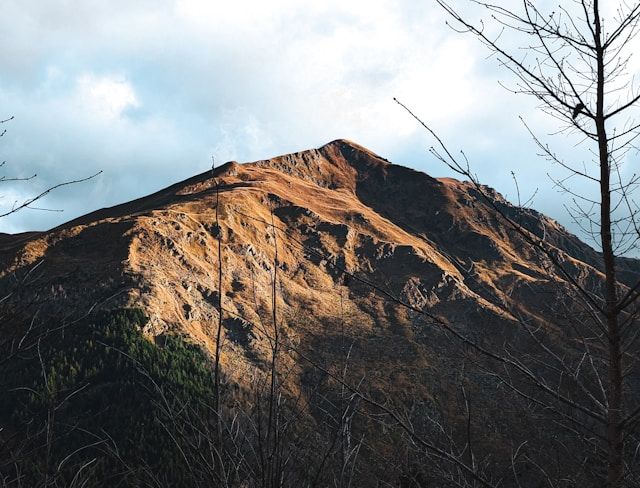
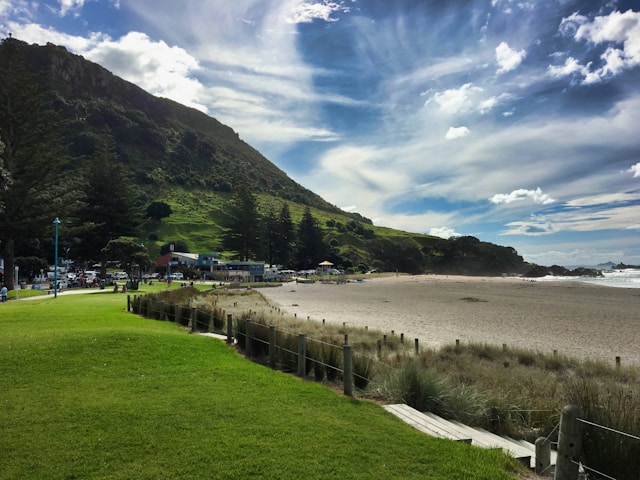
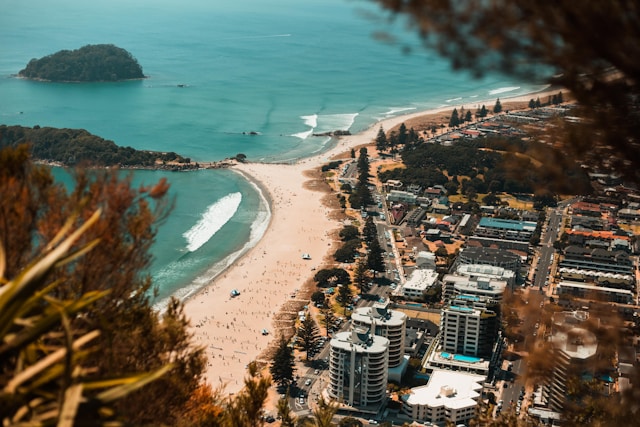
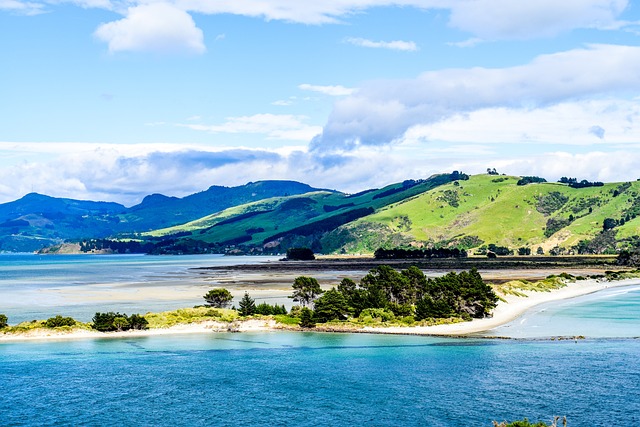
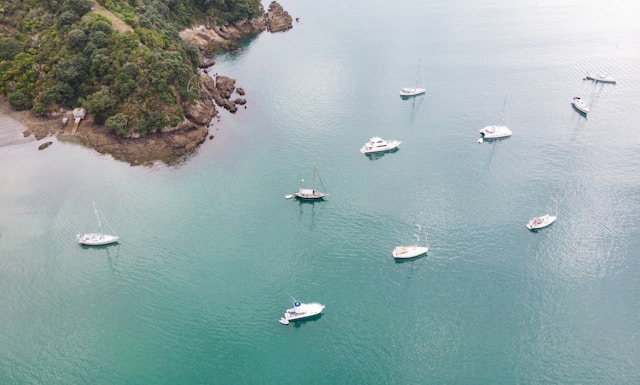



+ There are no comments
Add yours